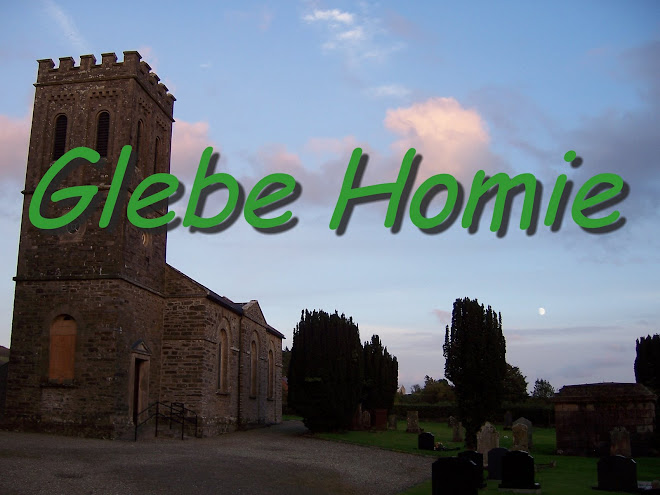No poetry today, no paintings to display, just a some cute tin-types of my ancestor and a little dubious speculation....
James Alexander Gilmour
in his Morrison Clan Tartan
with Diced Glenngarry Hat
Circa 1870
.

The Clan Tartan is the most readily available tartan, often being produced by the larger Mills. It is usually woven accurately and correctly named. It is often recognized by people outside the clan. Historically, it was traditional to have one tartan made up to be worn at the great hunts. This custom is probably the origin of the first Hunting tartans. Later, a hunting tartan was sometimes designed when a Clan tartan was seen as inappropriately bright for outdoor wear. A red ground for example, would not lend itself to camouflage, so a more subdued green or brown ground tartan was adopted. In other cases, the dark Hunting tartan is the oldest, and the original tartan of the clan, with others being added later for variety. Therefore, in some cases, the Hunting tartan and the clan tartans are the same. Despite the name, the Modern colors are the oldest of the color groups in existence today. The Morrison Clan has three Tartans: The Morrison Modern (Darker Green Ground) The Morrison OC (a Lighter Green Ground) and the Morrison Red Modern(with a predominantly Red Ground). As the Original of this Tintype is black and white it is possible to speculate that this is the Morrison Modern Red Tartan.
James Alexander Gilmour
in his Dress Morrison Tartan Circa 1870
.
The Dress Tartan:
The Dress version of the Clan's tartan usually has the clan sett laid over a white ground color. This version is indicated by placing the word "dress" before or after the clan name, as in "Dress Morrison". The Dress tartan, was created as an alternative to the darker, everyday clan tartan. It was especially nice and bright for festive occasions, as the name implies. It may have been worn by both sexes. It was considered a sign of wealth to acquire more than one tartan. To wear clothing in the most impractical color, white, was most extravagant. Old tax records show that a white "plaide" was more expensive to buy than a colored one, and of course, maintenance would be more difficult. The darker "camouflage" tartans were preferred for hunting and for military uniforms, for obvious practical reasons. So, perhaps the desire for a "dress" tartan for festive occasions is logical, and would certainly be in keeping with the temperament of the Victorians. To have a new tartan created for a special occasion would have been an expensive but distinctive undertaking.*
*(much of the source information contained here is abridged and edited from "Scottish Tartans and Family Names" by Terry L. Griest. Copyright 1986 Terry L. Griest. A definitive, and yes, Hard Core read.)
*(much of the source information contained here is abridged and edited from "Scottish Tartans and Family Names" by Terry L. Griest. Copyright 1986 Terry L. Griest. A definitive, and yes, Hard Core read.)

